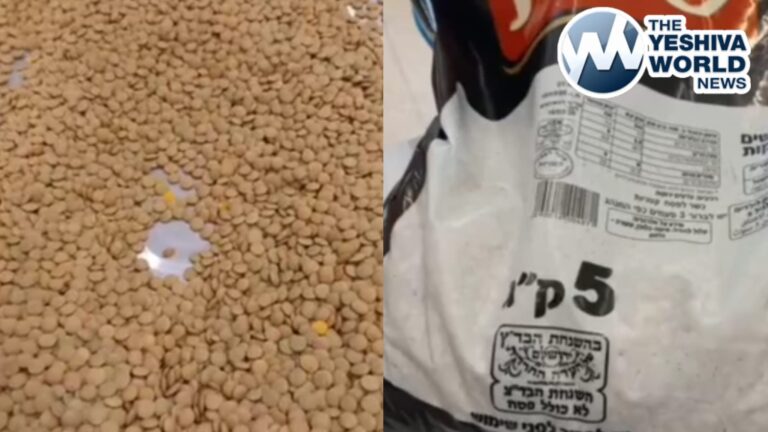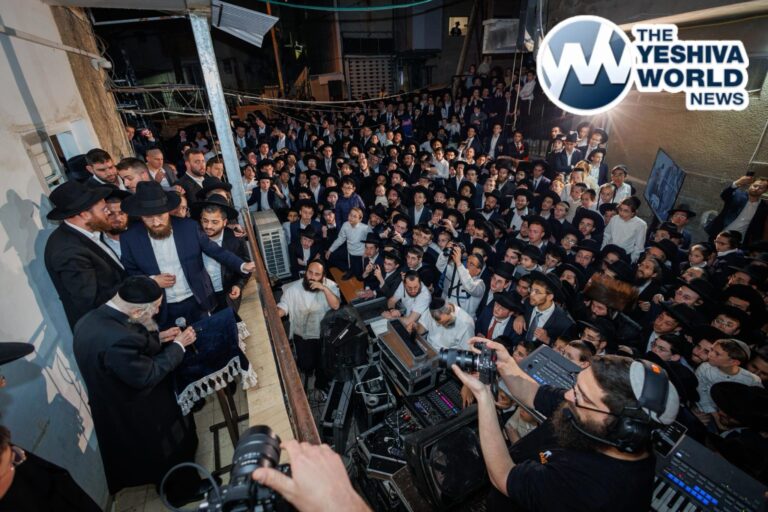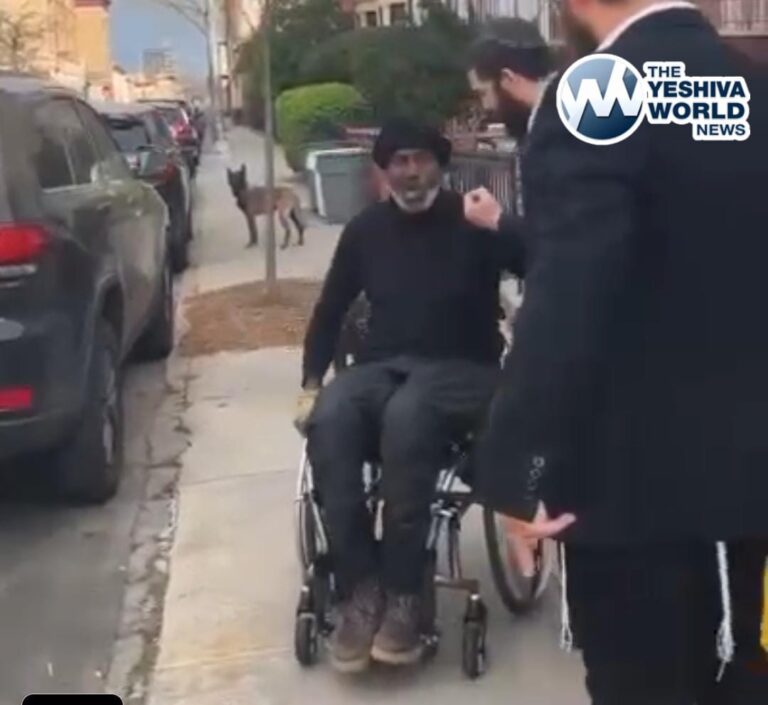(By Rabbi Yair Hoffman for the Five Towns Jewish Times)
Yes, it is true. Six Hamas terrorist were killed and 7 were foiled because of Matzah and a Teshuvas HaRashba (Volume 7 #20).
It happened almost seven years ago, in Kibbutz Sufa at 4:00 AM Thursday morning on July 17th, 2014.
Kibbutz Sufa was founded in 1982 by evacuated settlers. It is on the border of Central Gaza very near the Egyptian border. It was shortly after 4:00 AM that the Matzah and the Teshuvas haRashba did the deed.
THE VERY BEGINNING
The story actually begins well over 3300 years ago. The Jews are taken out of Egypt. To commemorate the miraculous occurrence that has happened and to imbue the Jewish nation with an ever-constant source of nourishment of faith itself – the Jewish people are given the Mitzvah of consuming Matzah.
We fast forward 1600 years.
THE PASSAGE IN THE TALMUD
We are now in Babylonia, as the Talmud is being written. Torah scholars are discussing a difficult topic. There is a fascinating exposition that the Talmud presents (Psachim 33a) in regard to the obligation to give a Kohain the gift of Trumah. The verse in the Torah states, “Venasata lo and you shall give it to him.” The Talmud expounds – “Lo velo l’uro – to him, but not to his flame.”
In other words, the Terumah that is given to the Kohain must, at the outset, be completely edible, it cannot be something that is prohibited in consumption – to the degree that the Kohain would be obligated to burn it as soon as it reaches his hands.
The Talmud is searching for an illustration of such a thing. The Talmud is looking for an example where this exposition might apply. Finally, an answer – wheat that is still attached to the ground which became Chometz. This is the first section of our tale, which took place in Babylonia in the late 300’s.
The observant reader may now be thinking: Wait – just one second. Wheat still attached to the ground that became Chometz? Wheat that got wet? Every plant gets wet! That’s how they receive nutrition! What is the Talmud talking about? A question that requires an answer.
Now we move on to the next part of our tale.
BARCELONA SPAIN
We are now in Barcelona, Spain. It is the late 1200’s. We are at the home of the well-regarded Rashba, Rabbi Shlomo Ben Aderet. Indeed, the Rashba is so well regarded that even Queen Isabella of Spain has sent him to rule upon some of her country’s most perplexing cases.
The Rashba receives a letter concerning our section of Talmud. It is the very same question that the observant reader had above. It is now posed for the first time to the Rashba. He responds (Volume 7 #20) with the following explanation:
“That section of the Talmud refers to wheat that became completely ripened while still attached to the ground, and it does not need any further nutrients at all. Everything that has dried out completely while still attached to the ground – it is considered as if it is resting in the pitcher – and thus susceptible to becoming Chometz if rain falls upon it.”
TZFAT, ISRAEL
It is now 1563. We are in Tzfas, in Eretz Yisroel. The author of the Shulchan Aruch has just codified the Rashba’s explanation of our Talmudic passage into his Shulchan Aruch (Chapter 467:5). Wheat that has completely ripened can become Chometz if it is rained upon. If it still requires sustenance from the ground to reach full develop – then there is no problem.
RADIN, POLAND
We move to Radin, Poland. It is now the late 1890’s.
The Chofetz Chaim, in his Mishna Brurah explains, what apparently has been the custom for Jews in Europe for some time. He states that Shulchan Aruch only refers to an abundance of rain. However, if it rains a little bit – then the fully developed wheat is fine and can be used for the highest standard of Matzah. However, he does mention a tradition cited by Rabbi Avrohom Danzig in the Chayei Adam that the custom of the very pious is to cut the wheat earlier, while it is still somewhat green in order to ensure that there are no problems. The concern, of course, is the issue first mentioned in the Rashba.
The Chofetz Chaim mentions this custom of cutting the wheat early twice in his Mishna Brurah. Once regarding this topic and once earlier in a discussion (SA 453:4) about whether the wheat has to be guarded when it is cut or when it undergoes the grinding process. In his Biur Halacha, the Chofetz Chaim cites the practice of the Vilna Gaon who was careful only to eat Matzah that was watched from when it was cut. This too, the Chofetz Chaim points out, is because of the Rashba’s position.
GAZA, HAMAS HEADQUARTERS
It is now either 2013 or early 2014. Hamas leaders plan a devastating attack on Israeli citizens. They will send terrorists through a tunnel. They will tunnel across the border and emerge in a completely camouflaged, carefully chosen, wheat field. The thirteen terrorists will have several types of weapons, including AK 45 Assaullt Rifles and Rocket-Propelled Grenade Launchers. The plan is perfect. The wheat is high enough to serve as camouflage but not yet ripe enough to be harvested. Who would harvest green wheat in July? The plan to kill Israelis is more than perfect. It is brilliant.
BNEI BRAK, ISRAEL
It is now 2014. A group of Matzah bakers in Bnei Brak are in serious need of some green wheat still on the ground in order to fulfill the requirements of the responsum of the Rashba. They search almost all of Eretz Yisroel. Finally, they come across a wheat field located in the Hevel Shalom area of the north-western Negev desert. It was an area administered by the Eshkol Regional Council.
Time is of the essence. They cut a deal with the farmer and arrange for the wheat to be reaped immediately. They compensate the farmers nicely for the wheat. It is mid-July.
KIBBUTZ SUFA
As planned, 13 terrorists emerge from the tunnel. But wait. Lo and behold, the wheat field is bare. It is completely bare! The terrorists think: “Who moved our wheat stalks?! And wait. Oh no! An IDF watch station spotted us! Arghh! Bombs! They are bombing us! Let’s crawl back into our hole in the ground! Arghh! Six of us are hit! Let’s abandon them! Let’s go back to Gaza!”
Watch the IDF blow up the terrorists here:
Were it not for the Teshuvas HaRashba, the wheat field would never have been plowed. The Teshuvas HaRashba saves the day.
The author can be reached at [email protected]











